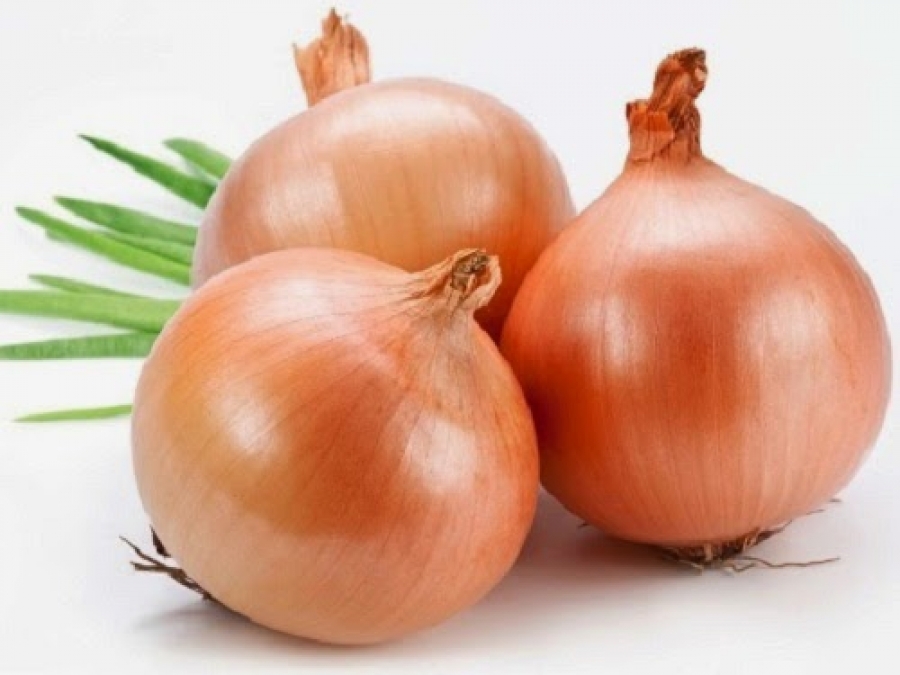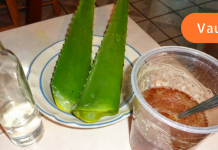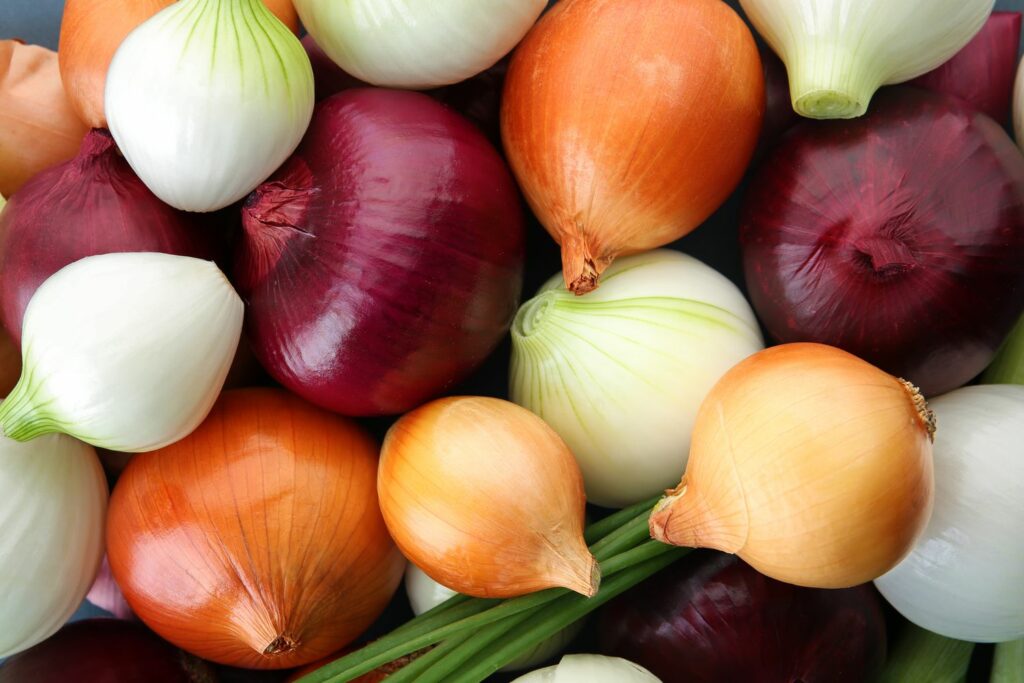I’d like to share with you how our family deals with colds during the winter. This method has proven to be very effective for us, and I truly believe it can help others too!
On average, a person catches a cold about three times a year. In terms of frequency, the common cold ranks fourth among acute illnesses. The symptoms usually include headache, nasal congestion, sneezing, sore throat, fatigue, general weakness, coughing, and elevated body temperature. While it may seem like a minor issue, a cold can pose a serious threat to newborns, the elderly, and individuals with chronic illnesses.
Colds can be especially dangerous for people suffering from chronic bronchitis, asthma, or emphysema. If someone catches colds frequently and the illness lasts more than a week, it is important to consider other potential causes such as sinusitis or allergies. In fact, allergic reactions and viral infections can occur simultaneously—especially in children. Many people assume they have the flu when, in reality, they’re just dealing with a regular cold.

In medicine, all cold-related illnesses fall under the general term Acute Respiratory Viral Infection (ARVI). Both ARVI and the flu are caused by viruses invading the body. However, while the flu is a more severe illness that can sometimes result in death, ARVI rarely leads to serious complications.
So how can you tell the difference between the flu and a common cold? Here’s a simple guideline:
- If you’re experiencing a strong headache, severe weakness, muscle and joint pain, a fever of up to 39°C (102°F), a sore throat, and difficulty breathing through the nose—but without a runny nose—then it’s most likely the flu.
- On the other hand, if your nose is runny, but you’re generally feeling okay and your temperature doesn’t exceed 37°C (98.6°F), you’re probably dealing with a rhinovirus infection, which is the technical name for the common cold.
Nearly everyone experiences colds and sore throats. Many people immediately turn to antibiotics, but I personally avoid medications unless absolutely necessary. I also try to avoid becoming dependent on antibiotics. That’s why, when it comes to treating sore throats, I rely on a natural remedy made from coltsfoot (Tussilago farfara)—a traditional healing plant.
Here’s our family recipe, which I prepare during the summer:
- Wash fresh coltsfoot leaves thoroughly.
- Grind them in a meat grinder or food processor.
- Extract the juice and mix it with an equal amount of fresh onion juice and red wine.
- Store the mixture in the refrigerator and shake well before each use.
- Before consuming, dilute one tablespoon of the mixture in three tablespoons of water.
- Take this remedy two to three times a day.
Since this preparation is only possible in summer when the leaves are fresh, I also prepare a winter alternative using dried leaves. Here’s how:
- Take 5 grams (about 1 tablespoon) of dried coltsfoot leaves and place them in an enamel pot.
- Pour 200 ml of boiling water over the leaves.
- Cover the pot and let it steep in a water bath for 15 minutes, stirring occasionally.
- After that, allow it to cool at room temperature for 45 minutes.
- Strain the mixture, pressing the leaves to extract as much liquid as possible.
- Top off the strained liquid with boiled water to make 200 ml in total.
- Store in a cool place for no more than two days.
You should drink this infusion warm—about one-third to one-half a cup—three times a day, one hour before meals. In addition to relieving sore throats, this herbal tea can be used to treat bronchitis and coughing. Trust me, it works wonders.
This approach to treating colds and flu naturally has become a family tradition for us. We try to strengthen our immune systems with healthy food, warm clothing, and natural remedies, and only resort to pharmaceuticals when absolutely necessary.
While I’m not a doctor, I truly believe in these simple, time-tested methods, and I hope they bring relief to others just as they’ve helped my family.


















